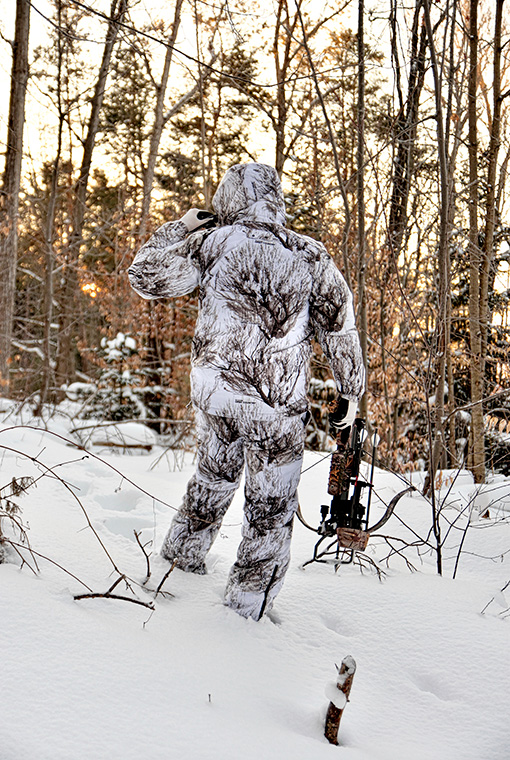
Just to be clear, I was not lost. Let me explain.
It was early in the morning during the first week of a mid-1980s deer hunt, and I knew I was on the edge of Algonquin Provincial Park. I had just walked my younger, less experienced cousin to his watch. After reminding him to stay there, I headed to my own spot equally far away from civilization.
It had started to snow and blow when we left camp, and with it getting worse, I decided to take a shortcut to my stand. I trudged along for some time and realized, although I was in Ontario, I really couldn’t be more specific.
That’s when I made my first mistake. I believed that if I pushed on, I would find a landmark. So, I went to the next ridgeline, and then the next one. Those who become lost talk about being driven to push on, almost like they are being chased. I might not have been lost, but a sense of panic grew in me with each passing ridge, and no familiar landmarks.
Finally, I admitted I had lost my bearings and stopped walking. A few deep breaths later, I was in control enough to start thinking, instead of reacting. It was time to use STOP: Stop, Think, Observe, Plan. The easiest course of action would have been to retrace my steps back to my cousin, but Mother Nature had covered my trail with blowing snow.
So, it was time to stop and take stock of my situation and resources. First things first — I was hot and sweaty, a terrible combination in the cold. I knew not to sit down, that I should walk around and cool down. Once I stopped sweating, I pulled a sheet of plastic from my day pack, put my back to the wind and sat down to see what I had.
The list included four pieces of hardtack, six pieces of jerky, a hunting knife, a Thermos half full of coffee, my rifle and ammo, and a Zippo lighter.
I was following STOP. I stopped, cooled off, and got comfortable, and thought, “OK, I’m lost. Am I in immediate danger? No. Could I survive the night here, if necessary? Yes.” Finally, I began to plan.
First, I started a fire. Then drank my coffee, to stay hydrated, and had something to eat. Then, I decided to fire three spaced shots into the air — the number three is the universal distress signal. Fire three, wait five minutes, and then fire three more.
Soon, I heard a loud gunshot. I sat up and listened before another rang out. With a good idea of where it came from, I packed up and headed in that direction. Five minutes later, I was walking up to my cousin and the first buck he had ever shot. I had been no more than 200 metres from him.
My tips
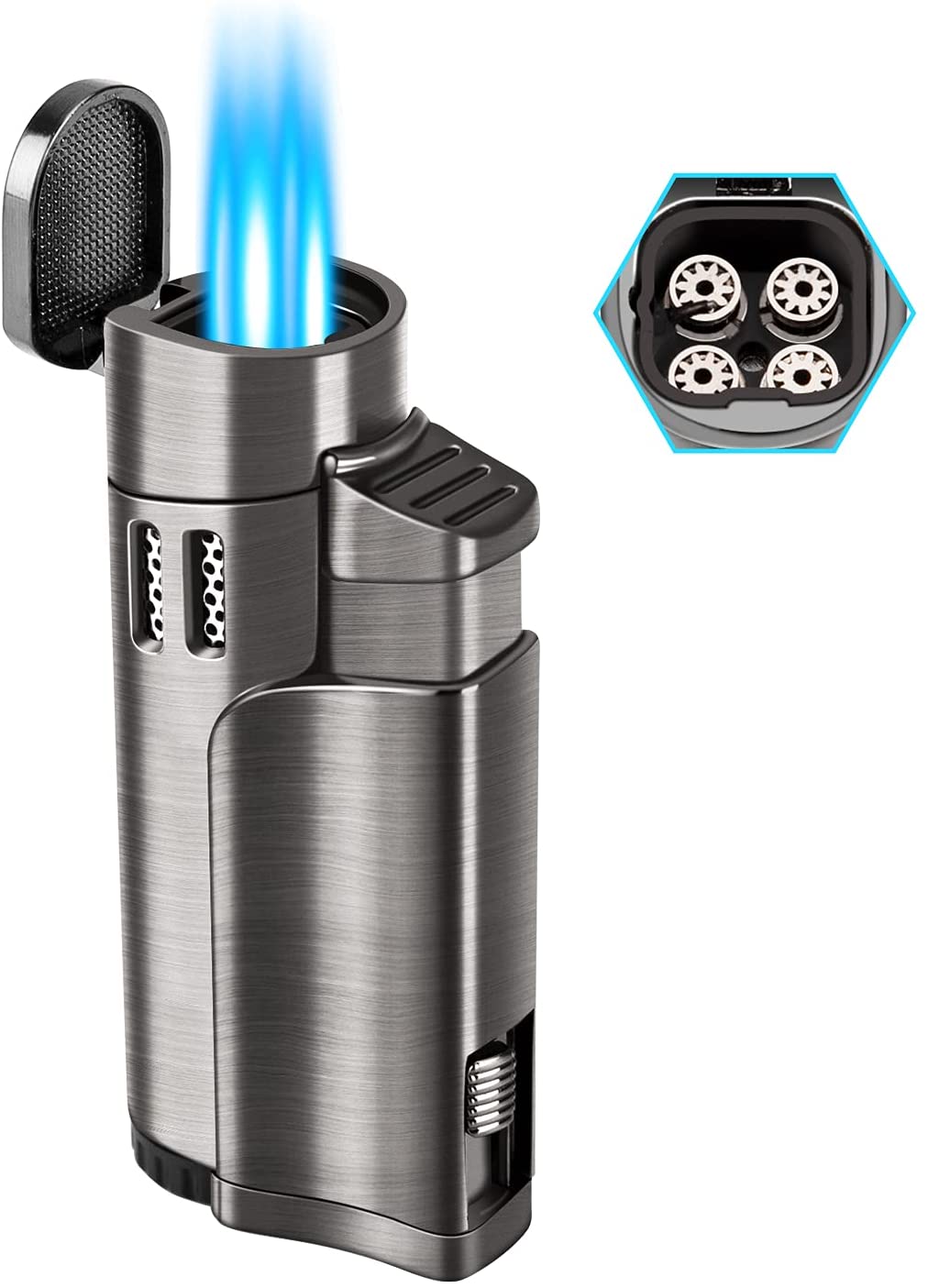
Don’t pack a butane lighter. They won’t work in the cold. If you have an all-steel Thermos, you can use it to boil water.
Shoot as a last resort
MNRF Provincial Enforcement Specialist David Critchlow advises the following on firing shots at night:
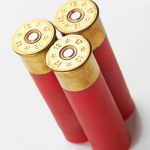
It is generally illegal to possess a firearm at night in an area inhabited by wildlife unless it’s encased and unloaded. When you have exhausted all other reasonable options, you may consider shooting three times into the air in an attempt to alert potential rescuers to your location. Since shooting at night is illegal and generally considered unsafe, this should be an option of last resort, used only in an emergency.
What to do
- Let someone know where you’re going and when you plan to return
- Pack basic survival gear: a plastic sheet, knife, firestarter, snacks, cord, and whistle
- Stay where you are
What not to do
- Change your plans without telling someone
- Keep wandering around
- Panic. It leads to poor decisions.
Doug Bird is president of Bowmanville-based Global Emergency Medical Consultants & Training, a former paramedic of 37 years, first aid instructor since age 18, and lifelong outdoorsman.
Reach Doug at [email protected]
Originally published in the Nov.-Dec. 2021 issue of Ontario OUT of DOORS Magazine.


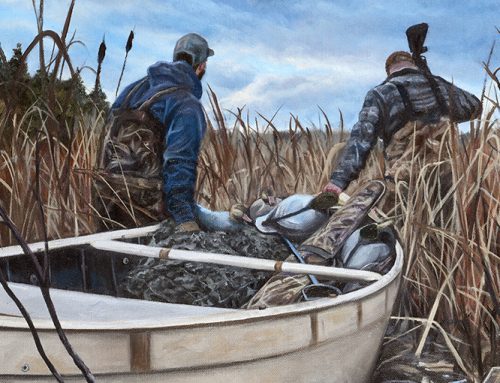
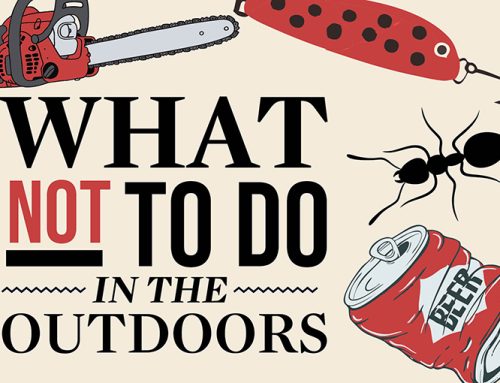
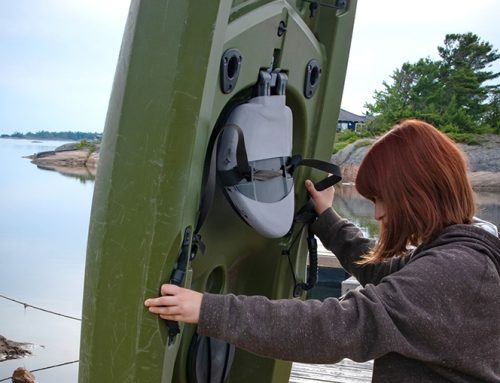

Leave A Comment